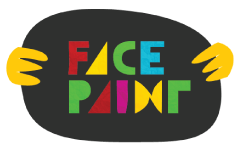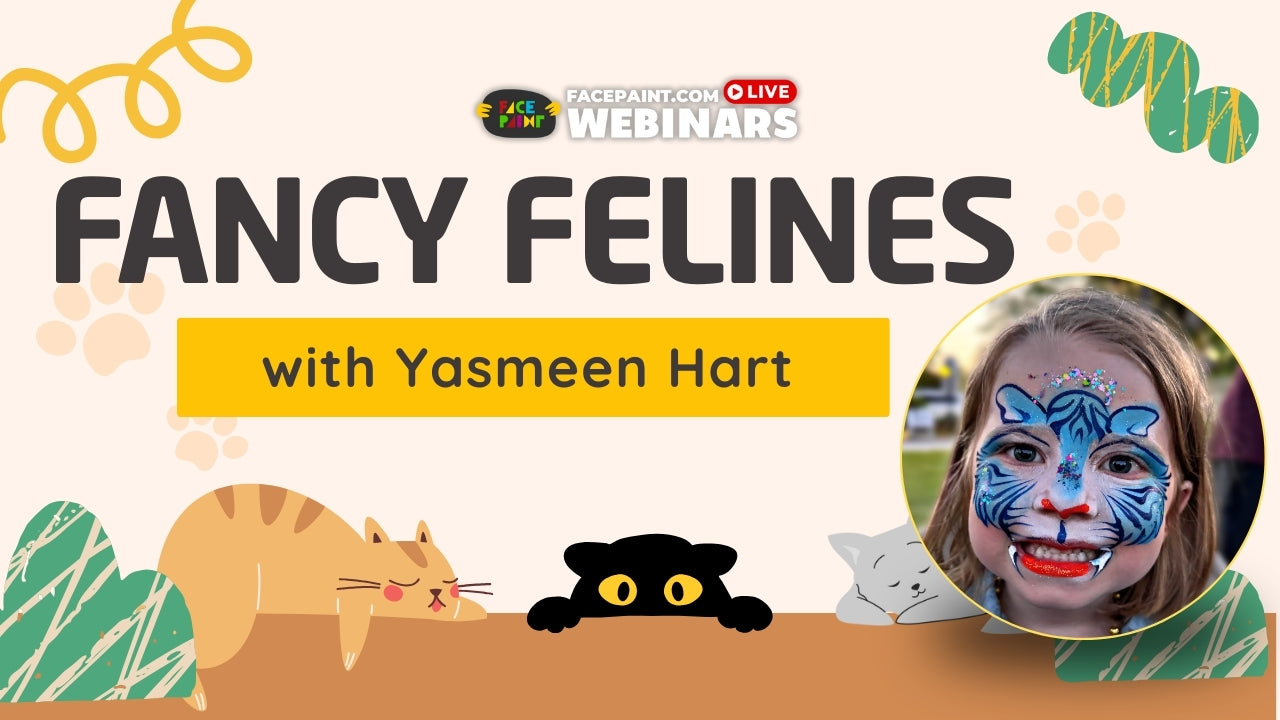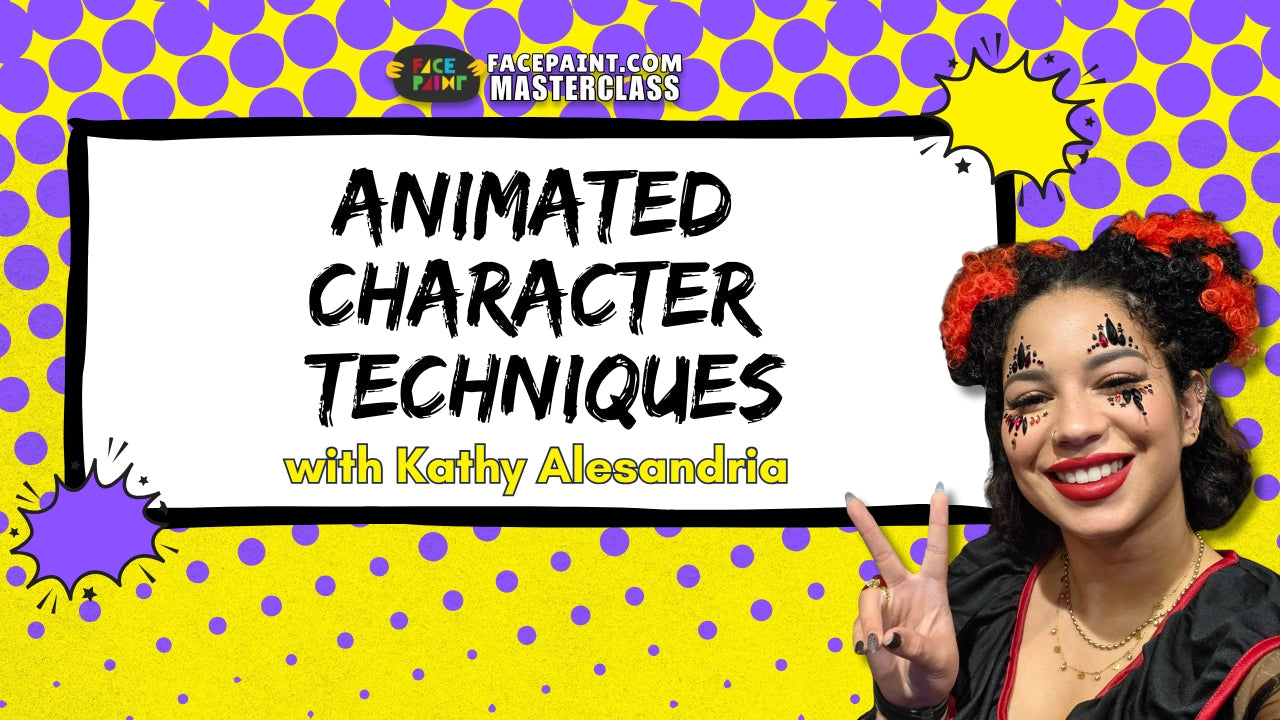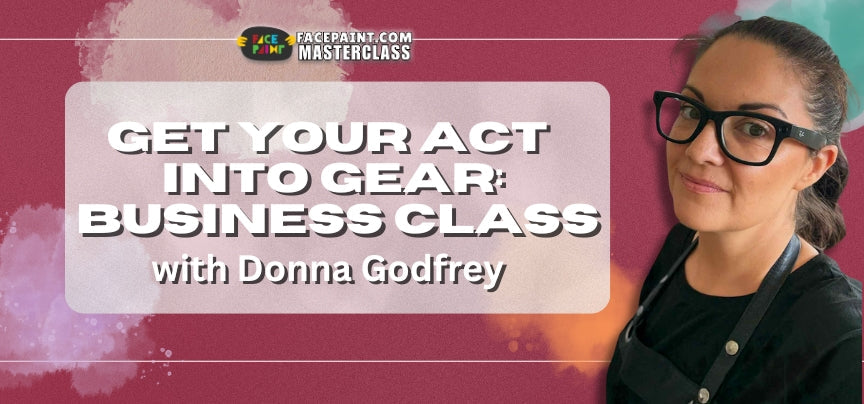
Writers have a little voice that makes them want to rewrite every line until it’s just right.It’s called the inner editor. There is a place for the inner editor, because once the rough draft is finished, she helps the writer trim, tighten, and perfect the end product. But if a writer allows the inner editor to have free rein during the first draft, the likelihood is that the writer may never make it out of chapter one, much less finish a book.
Dealing with the inner editor
As it turns out, artists have inner editors, too. Again, allowed to show at the appropriate time, the inner editor can be helpful in honing skills, gleaning from critique, and becoming a stronger artist. Unfortunately, if an artist lets the inner editor have input at the wrong time, it can squelch creativity.
These are some thoughts which come to all artists during the creative process:
• This will never be right
• This isn’t good enough to share with other artists/people
• You’re not as good as that artist
• You’ll never be very good at this
• Don’t paint today—wait until you feel more creative
• Start over or just give up
• You’re not a real artist
These thoughts are not necessarily produced by your inner editor, but if you have a tendency to give in to negative thoughts and it is coupled with an overly active inner editor, it can cripple your creative process. What can you do? Here are some suggestions.

Take creative practice time each day
If you’re a busy parent or work another job, this might seem impossible. If you miss once in awhile, don’t worry about it, but aim for every day. By scheduling this work time, it will help. Joining a face painting group such as “Inspiration to Paint” (on Facebook) is also a great way stay motivated to practice daily.
Turn off negative thoughts
During practice time, you have to turn off the inner editor. If negative thoughts threaten to overwhelm you as you work, listen to an audio book or music to force your mind to think about something else. Creative practice time is not inner editor time. Tell your inner editor it can come out at the end of practice time to help you decide what you would change or try out in your next session.
Practice designs by other artists, too
Maybe you’re stumped for an original idea. That’s okay. Warm up by copying the work of an artist you admire. Your work does not need to be a twin of the original (in fact, it won't be), and it’s a powerful way to learn.
Just remember if you photograph and post your practice image that you should give credit to the original artist who came up with that piece in the first place. The term “inspired by” is reserved for original pieces you create which were sparked by someone else’s art or technique, and they incorporate your own style and ideas to make them unique. When you copy exactly, or only make minor changes, your work has become a replica, and other artists will notice if you don't give credit to the original artist. (An extra tip is that for contests, use your own unique ideas, not replicas. You’ll always be best at being yourself!)

This mermaid design incorporates techniques Natalie Davies and several other artists uses in their butterflies. The first design in the article is one I learned from another artist whom I admired, so I like to use it. We learn from each other. That's okay.
Capture your ideas on paper
Whatever your current drawing level, this process will help you think of stronger and more varied designs which you can paint during your practice sessions. Sketching as part of your brainstorming process can give you more confidence when you pick up your brush.
Creative time is "you" time
Fear is a huge creativity squasher for artists. What if no one likes what you created? What if other artists think it’s terrible? Well, so what? When you create art, it isn’t for other people anyway. It’s for you. While it’s true that sometimes you will be planning designs you can use for events and parties, creative time is still for you to be an artist with no strings attached. You don’t have to please anyone, and try to shake off the feeling that someone is looking over your shoulder, ready to judge your work.
Paint a lot!
Paint good stuff. Paint bad stuff. Don’t worry about the results. If you invest in a daily creative time, the results will take care of themselves.

Let your inner editor participate when it's the right time
The inner editor is not a bad gal when it’s time to evaluate your work honestly, but you’ll have to stay objective and not let her hurt your feelings. Honesty can sting a little. As long as you remember that the artist you are tomorrow will be better than the one you are today, the inner editor’s critique won’t bother you as much.
P.S. Even the inner editor isn’t perfect. I noticed at least one error this morning, so I came back in to rewrite today, even after this post was published. It’s okay to go back and evaluate again with your inner editor after time has passed. Often that’s when you see the good and the bad more clearly!
Beth MacKinney is the owner of and primary artist for Face Paint Pizzazz in the NW Chicago suburbs. Stop by Clownantics.com to see other face painting tutorials by Beth.
If you’re on Facebook, join the Facepaint.com Challenge Group to showcase your artwork and have a chance to win a store credit for themed contests. To get access to units filled with tutorials, product information, business info, and free downloadable resources, join our Facepaint.com 411 Learning Center on Facebook.
 FREE SHIPPING FOR USA ORDERS OVER $100
FREE SHIPPING FOR USA ORDERS OVER $100








Leave a comment (all fields required)